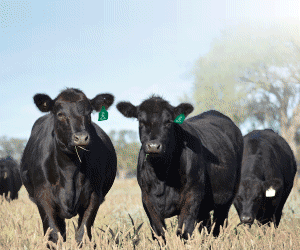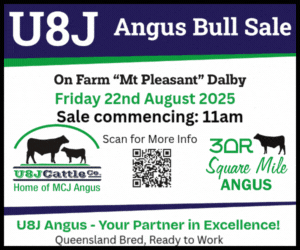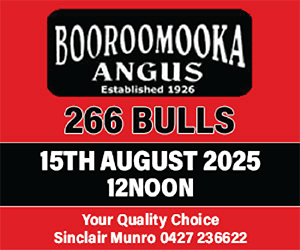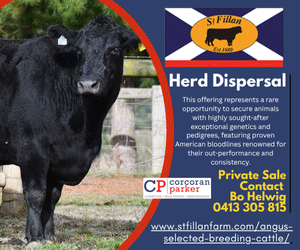Understanding DNA
Commonly Used Terminology
Term: Definition
Genomics: The study of the structure, function, evolution and mapping of genomes.
Genome: The complete set of genetic material present in an organism. Comprised of DNA.
DNA: The instructions for how an organism will develop, function and appear. Often referred to as an organism’s genetic blueprint.
Chromosome: ‘Bundles’ of DNA. That is, the DNA of an organism is arranged, or packaged into different ‘bundles’. Each separate bundle is referred to as a chromosome.
Gene: Segments of DNA at a particular location in the genome that contain instructions for building or maintaining an organism. Each gene carries instructions for a different trait.
Locus: The specific location of a gene, or DNA sequence, in the genome.
Allele: Alternative forms of a gene, which can result in differences in phenotypes or observable characteristics. There can be two or more alleles for any particular gene. For example, one of the genes influencing coat colour in cattle has three alleles, the ‘e’ allele for red coat colour, the ‘ED’ allele for black coat colour and a wild type ‘E+’ allele. Which alleles the animal has, and how those alleles interact with each other, determines the coat colour of the animal.
Homozygous: The two alleles within an animal’s DNA for a gene are identical. E.g. the animal has two ‘ED’ alleles.
Heterozygous: The two alleles within an animal’s DNA for a gene are different. E.g. the animal has one ‘ED’ allele, and one ‘e’ allele.
Dominant: An allele is dominant over another allele, so that the phenotype of the dominant allele is always expressed over the recessive allele.
Recessive: An allele is recessive, so that the phenotype is only expressed when two copies of the allele are present (i.e. it is homozygous).
Carrier: An animal which is heterozygous and ‘carries’ a recessive allele which is not being expressed phenotypically.
Qualitative Trait: A trait that is controlled by a single, or relatively small number of genes, with phenotypes falling into distinct categories. For example, polledness in cattle and sheep.
Quantitative Trait: A trait that is controlled by a large number of genes, with phenotypes being continuous, and often being distributed in a normal, bell curve distribution. Most production traits (e.g. live weight) are considered quantitative traits.
Gene Marker: A gene or DNA marker is a known, heritable base pair sequence which is associated with a particular gene. The DNA marker sequence does not necessarily have to be part of the gene that codes for the trait but only associated with it, therefore the value of the genetic marker will vary.
SNP: Single Nucleotide Polymorphism (SNP), pronounced ‘snip’, is a difference in a single base pair at a specific location within a chromosome. SNPs are often used as gene markers.
SNP Chip: A DNA chip, or ‘microarray’ that evaluates an animal’s DNA at a fixed number of SNPs. E.g. a 50K SNP chip determines the animal’s genetic makeup for 50,000 SNPs.






